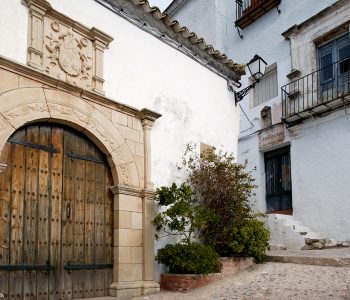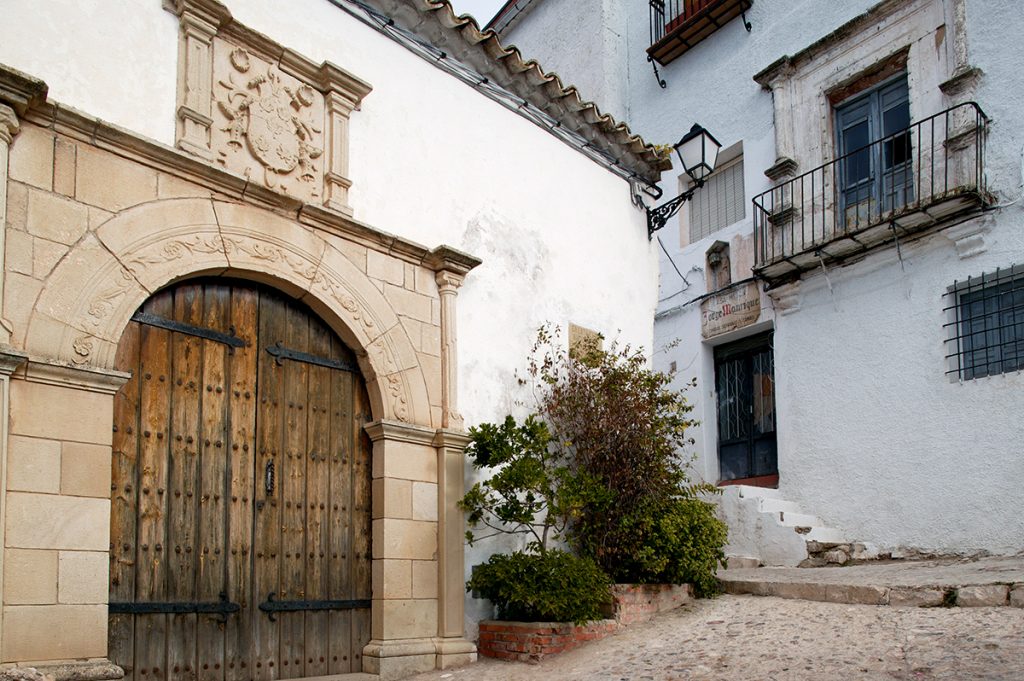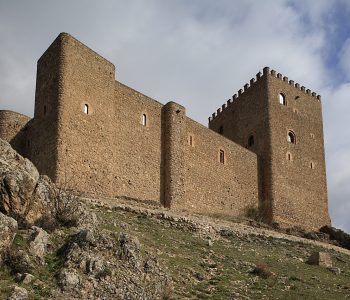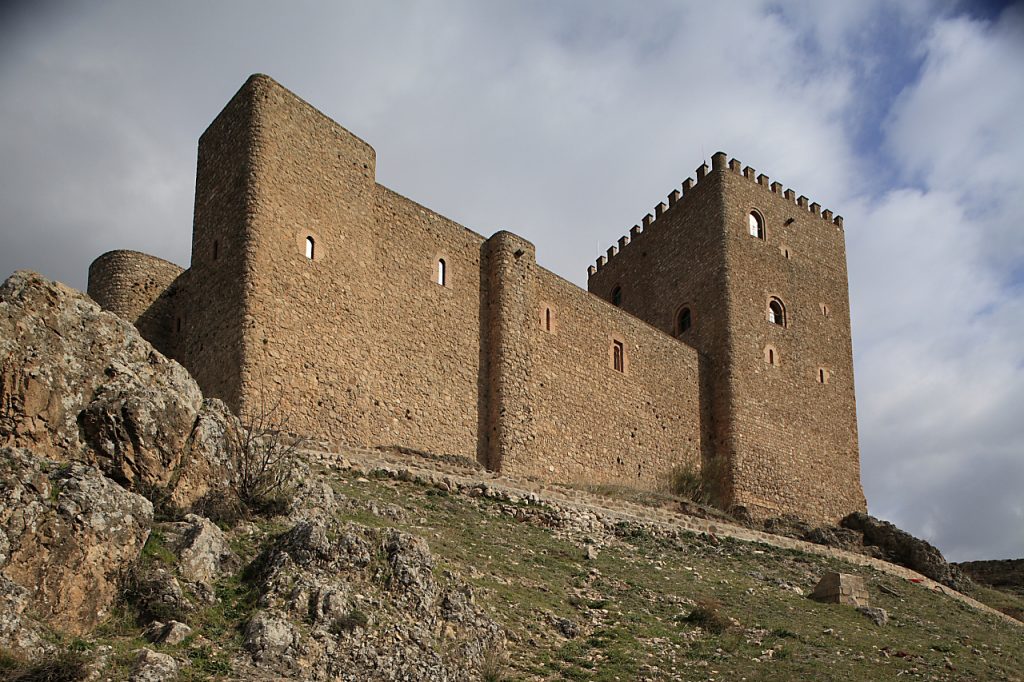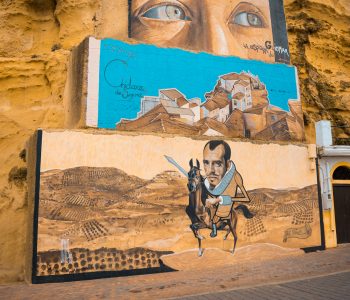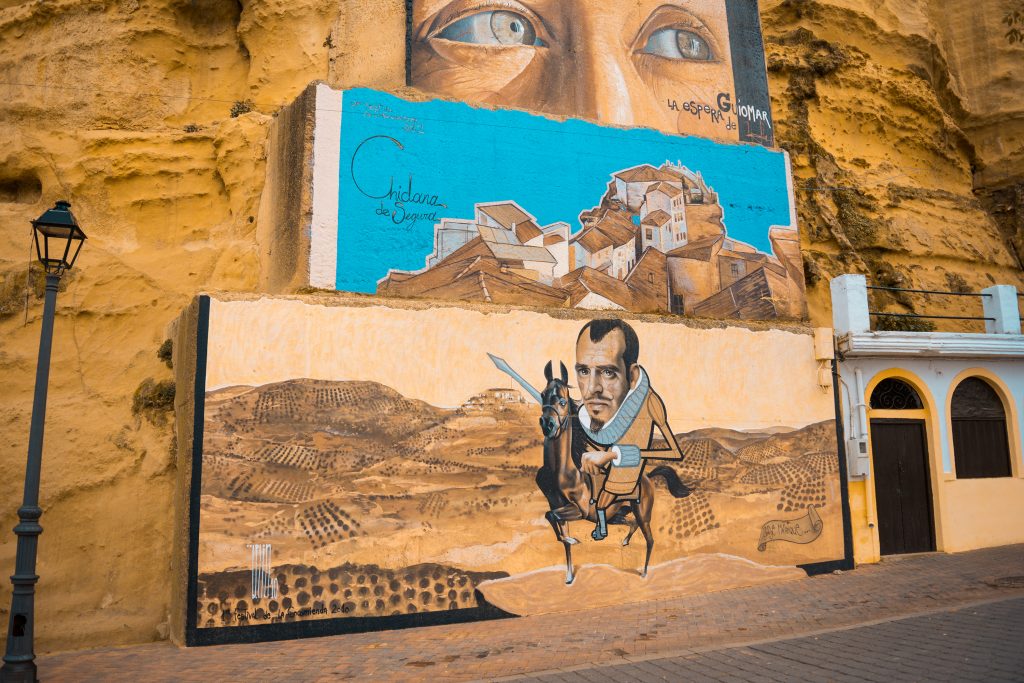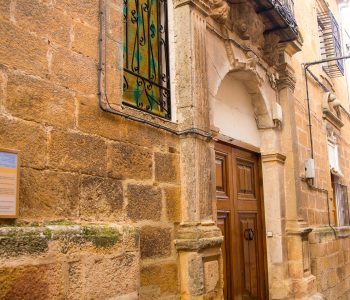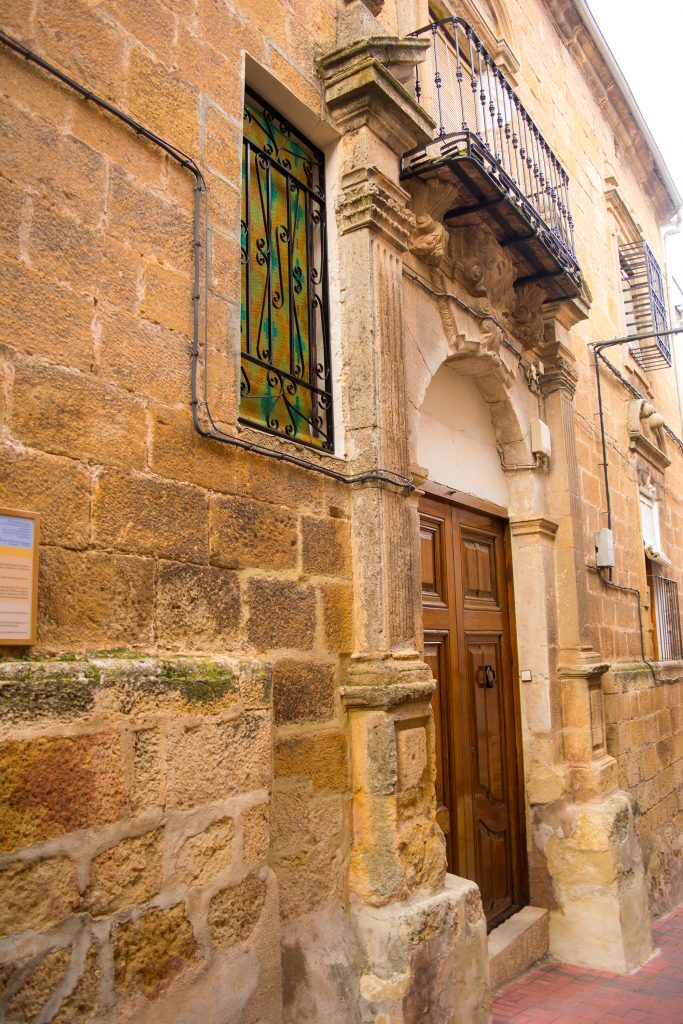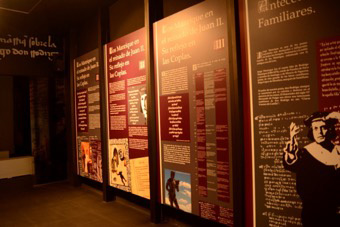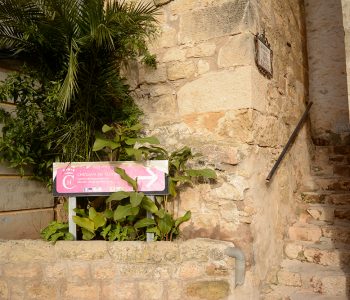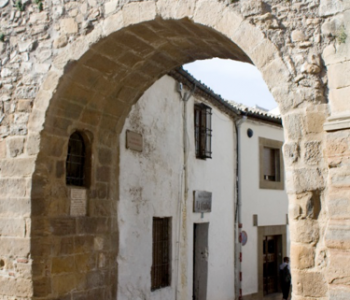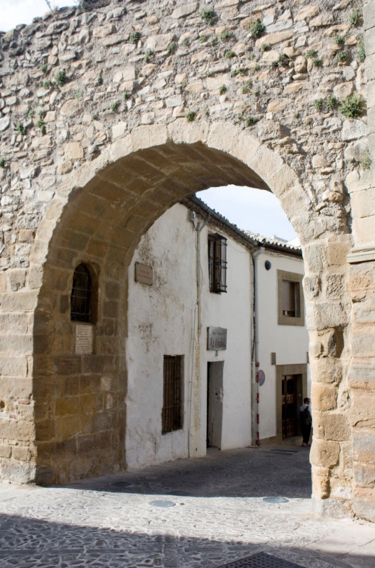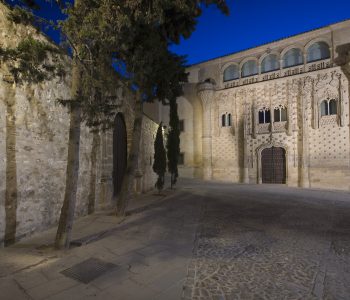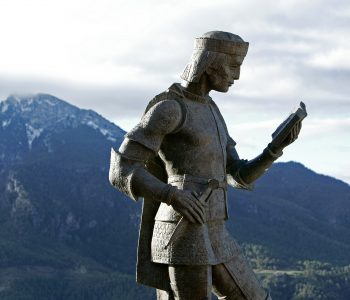 No category
No category
Viewpoint and monument to Jorge Manrique
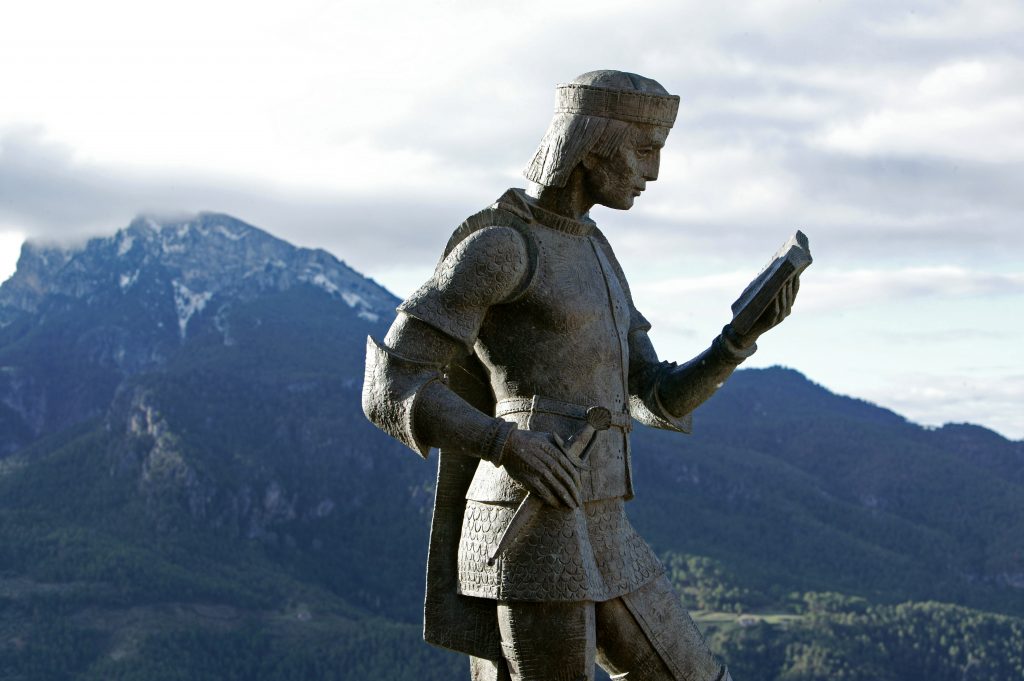
Next to the Puerta Nueva, one of the entrances to the walled enclosure of Segura de la Sierra and which is adjoining the town hall, you can find both the monument to Jorge Manrique, and viewpoint that bears his name.
The statue, the work of the renowned sculptor Don Miguel Fuentes del Olmo, represents the illustrious writer in his two main facets: that of a man-at-arms, wearing a warlike dress and with his right hand on a dagger; and that of a writer, who, calmly, holds and reads a book in his left hand. Therefore, an excellent way to illustrate the warrior poet.
At the foot of the statue, a plaque reads: “Segura de la Sierra to its most illustrious son,” Jorge Manrique. Year MCMIC.
The statue invites you to enjoy the great views offered by the Jorge Manrique viewpoint, with the help of an orientation map where the visitor can identify the different landscapes that he has before his eyes: the Trujala river, Cerro del Pavo, Puerta de Segura , etc.
Undoubtedly, a space where you can enjoy reading any work by Jorge Manrique, contemplating the same landscape that the poet must have glimpsed centuries ago.
